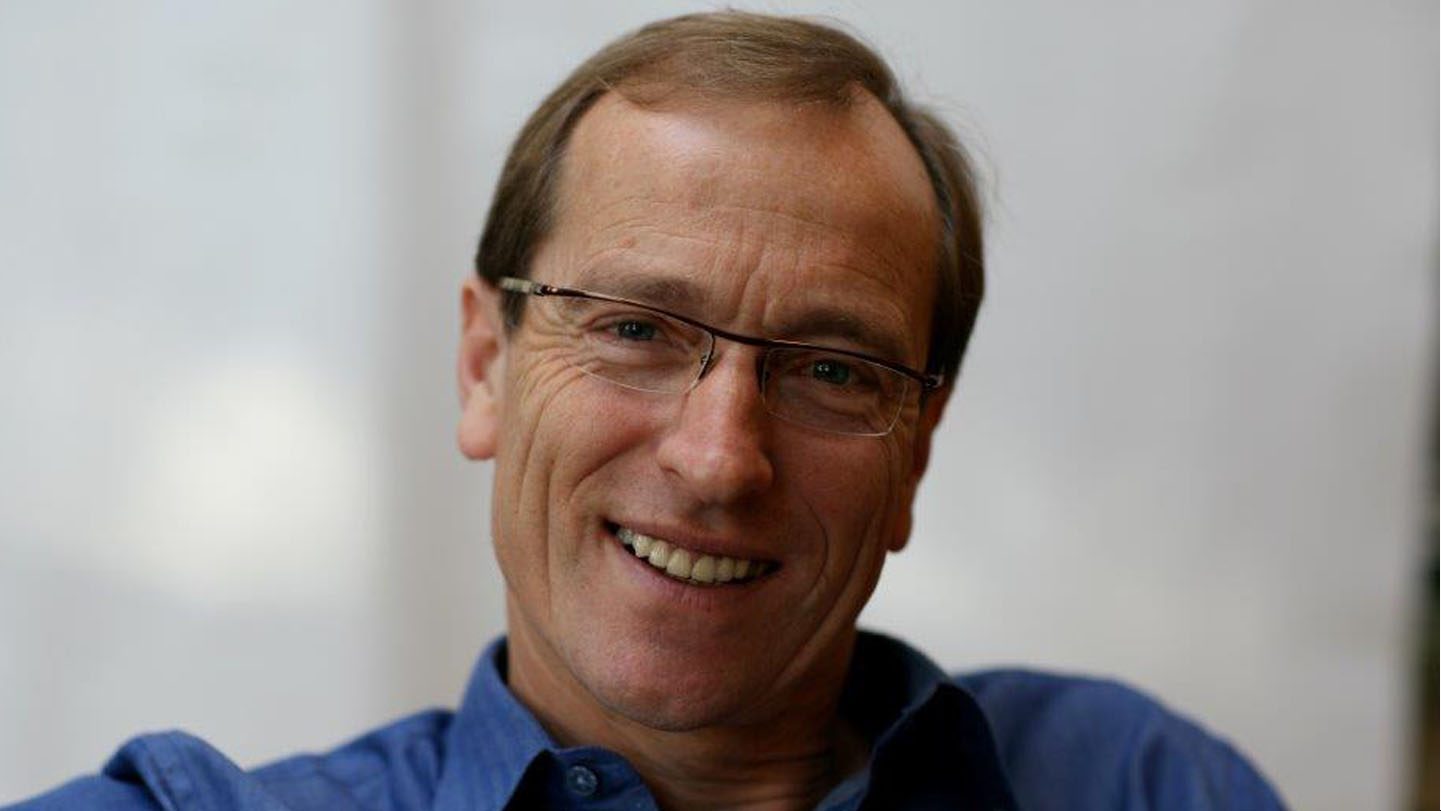Recently, Kate Raworth the creator of Doughnut Economics, asked her twitter followers how she might better describe the flaws in prevailing orthodoxy about economic growth.
In reply, I suggested that she might use the imagery of the harvest to better explain economics.
Several readers got in touch to welcome this idea. One disagreed, saying
‘Hmm! Yes of course growth ought to be everything you say. But how many urban young people have the least idea about sowing and reaping? We long since left the land.’
That prompted me to go back to ‘The Land of Green Ghosts’ a book by Pascal Khoo Thwe. The book starts with the author’s account of his growing up as a member of a remote Burmese tribe.
We grew maize, sorghum for the domestic animals, groundnuts for oil, beans, yams, potatoes, cucumbers, pumpkins, melons, gourds, watermelons, chillies, and other vegetables in the paddy fields. But the most important crop was rice., which was not only a staple food, but was used to make the rice wine which we drank every day of our lives.
I loved the cold season best. It brought the rich fragrance of the rice and other crops as they ripened after the heavy rotting smell of the monsoon. ..The monsoon had its own special character of sound, the combination of the bird sounds, the rain, thunder and wind.
The harvest would start in late December with groundnuts, maize, beans and other crops. As it was the most important, the rice harvest was attended with much ceremony. Friends and relatives came to help with the reaping, threshing, winnowing, and storing of the harvest with much ceremony.
This description struck me – then and now – for several reasons.
First this was a living account. It described economic activity in the context of human relationships and natural cycles.
Secondly, the purpose of the economic activity was clear to all. They could touch it, see it, smell it, hear it. There is a sense of shared involvement in the wealth creation process
Thirdly it showed a true understanding of the connectedness of the different tasks within the harvest . Sowing, growing, reaping, threshing, winnowing, storing.
You may think I am being sentimental. Harking back to a long lost and –far-from – ideal rural existence.
Not at all. I am being much more demanding than that. I am saying we have to accept that our economic life is complicated, and global and highly specialised and yet still demand that we better understand the connectedness between the modern equivalents of sowing, growing, reaping, threshing, winnowing, storing.
Perhaps the image of the harvest could help us to understand modern systems of finance and business.
Saving/investing/stewarding assets/ managing funds/ starting, growing and floating businesses/ putting in place the right boards/ appointing their leaders/ stewarding those companies for today and tomorrow/ ensuring they are properly accountable.
All these are part of the ecology of modern business. Yet few of us understand how they are linked.
Our connectedness today is global as well as national, regional and local. As people listen, bemused, to discussion about ‘the markets’ and why they have lost confidence in the government, we badly need some simpler imagery to explain what happens to money when it is stored, and borrowed, and threshed and packaged and winnowed and traded.
The religions of the world share many insights about the right way to live, and the best way to make sense of the world.
One of these insights is this. Everything is connected. Body and soul, mind and spirit; present and future.
So, if we know from the wisdom of old that everything is connected, why have we decided to ignore this in our economic life ? When did we allow the criteria of financial and economic success to become disconnected from their roots in social and natural capital?
And how do we reconnect them?
How do we create the conditions in which people find it natural to work together for a purpose that goes beyond making money.
Conditions in which we respect the links between nature, business and human beings.
All of this is well illustrated in a new FT film by Rana Faroohar. It is called Reinventing Farming and Food Post Globalisation.In 1975, Faroohar tells us, the market share of the largest four seed-supplying firms in the world was 59%. By 2015 it was 85%. Consolidation at every stage in the world food system is leading to the squeezing of the smaller farmer, to inflation of food prices, and to more dividends for shareholders of large food companies. At the same time, from 2015 onwards, we have begun to learn about the fragility of such a centralised system from a combination of COVID, war, and other disruptions.
In her film Faroohar visits the innovators who are showing how agriculture and food production can be transformed, deploying C21 technologies so that food production is both more localised, more independent, resilient and more competitive.
The film is a clear illustration of the economic damage we are doing by disrespecting the connectedness of nature, people and the economy.
So yes, the harvest does provide a metaphor and an example for our understanding of the regenerative and sustainable capitalism that we will need to build.
A wise German business leader once said to me,
‘The trouble with our present system, is that we westerners want the harvest at Easter’ .
He was only partly right. The trouble with our present system is that we want the harvest at Easter without even understanding what a harvest is and where it comes from!
Mark Goyder is Founder of Tomorrow Company and Senior Advisor to the Board intelligence Think Tank. He is the author, with Ong Boon Hwee, of Entrusted – Stewardship for Responsible Wealth Creation, published by World Scientific in 2020.
